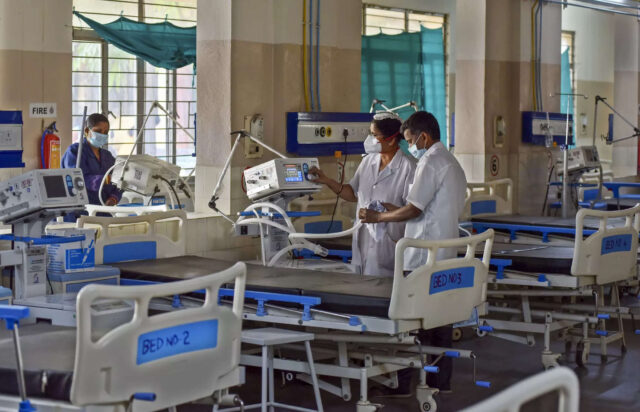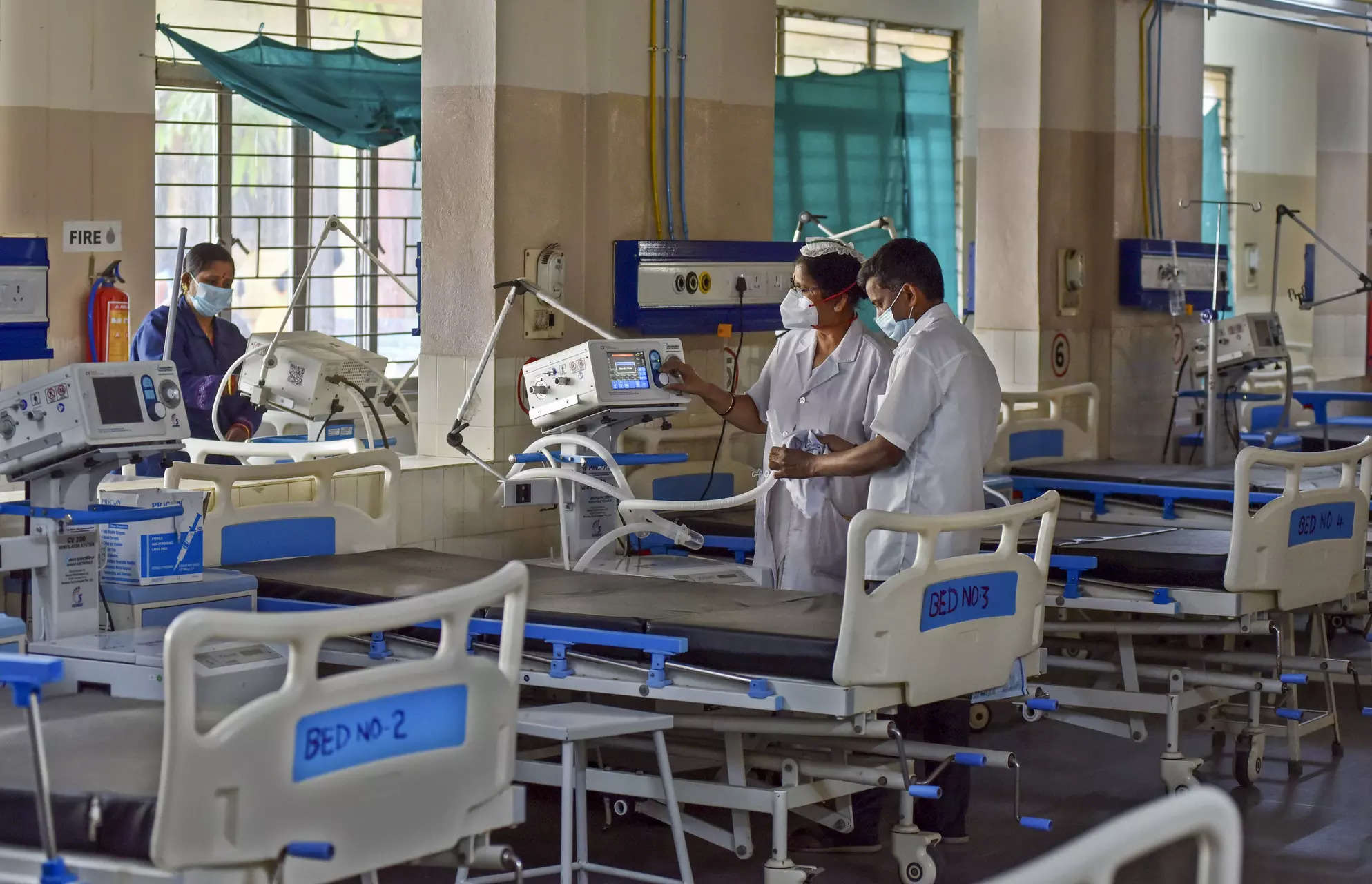Those who can afford treatment can approach the private sector; but for others it is an odious task. Recently, three incidents occurred in the city when govt hospitals, including AIIMS, the Centre’s Safdarjung, Ram Manohar Lohia Hospital, and Delhi govt’s Guru Teg Bahadur Hospital, Delhi State Cancer Institute, and Lok Nayak Hospital, allegedly refused to provide treatment to patients. They cited a lack of medicines, beds, ventilators or equipment, resulting in patient deaths, among them a cancer-stricken girl.
Following such incidents, Delhi High Court constituted a committee of experts to assess the medical infrastructure of state-run hospitals in the city and propose ways to optimise existing resources. A six-member expert committee identified shortage of staff and faculty as one of the main deficiencies in the hospitals.
Delhi currently has 39 hospitals managed by the state, eight operated by autonomous bodies, 427 dispensaries, 546 neighborhood clinics, 30 polyclinics, and eight medical colleges.
Presently, government hospitals in Delhi offer 1,058 ICU beds, a number that the committee suggests should be increased to 2,028 promptly by adding 1,046 beds to meet the minimum basic standards.The committee also pointed to an “inadequate” number of quality operation theatres and pre- and post-operative facilities, as well as non-availability of essential equipment, ultrasounds, CT/MRI scans, anaesthesia machines and a perpetual shortage of medicines.Moreover, the experts said, no “structured referral system” exists in govt health sector for citizens. This leads to overcrowding in referral hospitals and sub-optimal care for patients. “There is no centralised and coordinated control room and helpline for appropriately directing patients to the nearest healthcare facility and expertise to handle emergencies,” the experts said in their report to the high court.
Earlier, the court had directed the Centre-run hospitals to operate a control room for providing information about availability of beds with ventilator facilities.
Meanwhile, Delhi govt had informed the court that it plans to start four new hospitals at Siraspur, Madipur, Jwalapuri and Hatasal with a total of 3,237 beds and the same will be made operational in the next two to three years.
The commencement of construction for the medical college building at the centrally administered Atal Bihari Vajpayee Institute of Medical Sciences (ABVIMS) and Dr. Ram Manohar Lohia Hospital is imminent, as funds totaling Rs 470 crore have been sanctioned, and the master plan has been devised. The project is expected to span two years.
Besides, the institute has been allotted about 8.87 acres for construction of a new hospital block to be used for patients of specialities such as geriatric clinic, oncology, radiotherapy, palliative care and chronic illness.
(With TOI inputs)



































